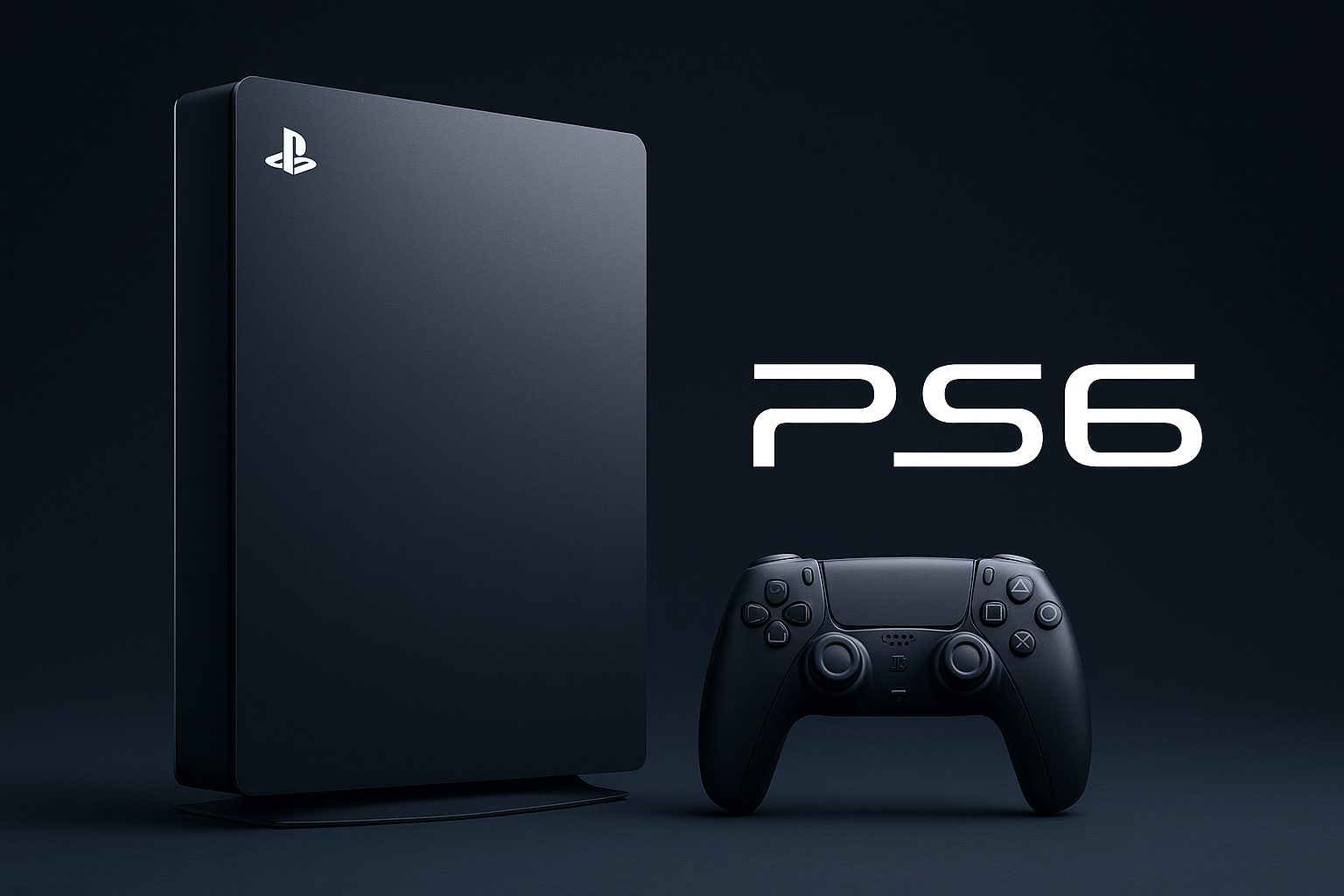Console generations don’t usually break their seven-year rhythm, but the PS6 reportedly will. Industry insiders suggest Sony plans to begin production in mid-2027, with retail launch expected by Fall 2027 or early 2028—a timeline that shatters the traditional cycle disrupted by the PS5’s pandemic-era struggles.
Performance That Makes PS5 Look Quaint
Custom AMD silicon reportedly promises 4K/120fps as standard, not a premium feature.
Your current gaming setup is about to feel like dial-up internet. The PS6’s rumored custom silicon AMD architecture—built on Zen 5 or Zen 6 CPU cores paired with RDNA 5 graphics—targets consistent 4K gameplay at 120fps, with 8K/60fps capability for when you finally upgrade that massive TV. Ray tracing, currently a nice-to-have feature that tanks frame rates, may become standard across all titles.
The real magic reportedly happens in storage speed. While PS5’s 5.5 GB/s SSD already eliminates loading screens, the PS6 allegedly pushes bandwidth to 20-30 GB/s. Imagine a seamless world streaming where cutscenes and gameplay merge completely—no more awkward transitions between exploration and story moments.
AI Gets Scary Smart, Cloud Computing Goes Mainstream
Neural Arrays and cloud-hybrid architecture may deliver NPCs that actually seem intelligent.
Sony’s reportedly betting heavily on dedicated AI hardware called Neural Arrays and Radiance Cores. These aren’t just buzzword additions—they supposedly enable NPCs with genuinely dynamic behavior patterns and real-time world generation that adapts to your playstyle. Think less predictable enemy AI, more like playing against actual humans who learn and counter your strategies.
The rumored cloud-hybrid model offloads complex physics simulations and procedural generation to remote servers, essentially giving every PS6 owner access to data center-level computational power. Your console handles immediate gameplay while the cloud processes the heavy mathematical lifting behind realistic weather systems, crowd behavior, and environmental destruction.
Your Digital Library Lives On, Controller Gets Biometric
Full backward compatibility reportedly preserves PlayStation investments while DualSense evolution tracks your stress levels.
Backward compatibility allegedly extends through the entire PlayStation ecosystem, protecting your digital game investments dating back generations. The enhanced DualSense reportedly includes:
- Biometric sensors for health tracking
- Modular components for repairability
- Haptic feedback is sophisticated enough to simulate texture differences between materials
Pricing estimates hover between $599-$699, though Sony might price aggressively around $549 to match Xbox competition. Either way, you’re looking at smartphone money for console gaming that promises to redefine what’s possible in interactive entertainment.
The PS6 represents more than iterative improvement—it’s positioned as the generation where gaming finally delivers on decades of “photorealistic” promises. If these rumors prove accurate, Sony has not officially confirmed these specifications.





























